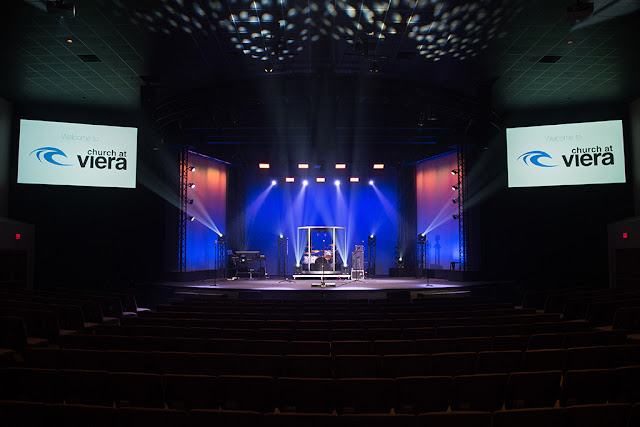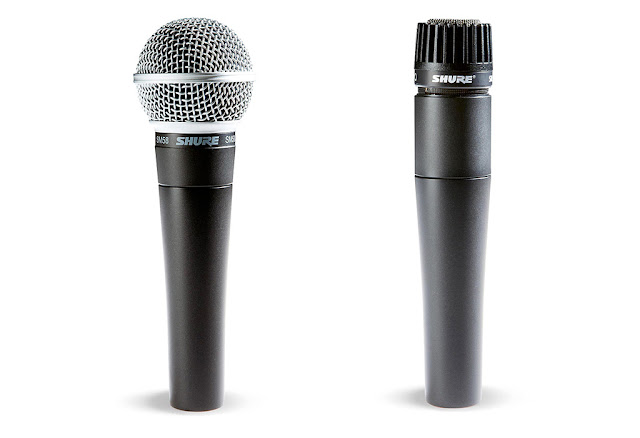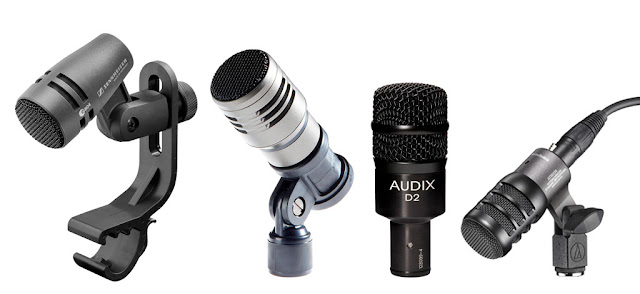Guitar Center Professional (GC Pro) has a technical services group devoted to the goal of helping you create the best possible digital audio workstation (DAW). The very best DAWs are purpose-built, meaning that it takes into account your exact needs as a music and audio professional. With the myriad combinations of hardware, software, RAM, types of drives, plug-ins and interfaces available today, one of the most valuable services offered by GC Pro is the ability to work with you to help choose and implement those elements to create the ultimate system which functions above your expectations from day one.
In this article, we’re going to look at four distinct Mac-based systems, and give you some suggestions on the various elements that you might specify to your GC Pro rep so that we can handle the often tedious job of setting up your computer, taking care of any conflicts, and ensuring that your system is ready for you to do great work from the day it’s plugged in and turned on.
 |
A typical digital audio workstation (DAW) setup will include a computer, an audio interface, and a means of monitoring your audio. Many factors will come into play regarding how many simultaneous inputs you need, what kind of processing power is necessary for the type of work you do, and the level of quality required.
Singer-Songwriter
In most cases, putting together a recording and simple music production system for a singer-songwriter is easier than most people think. These types of artists don’t need an elaborate amount of inputs and outputs. Often a simple, user-friendly tabletop solution suits the purpose. In some situations, we take into account that a singer-songwriter might benefit from a setup that allows for travel and mobility. In this scenario a laptop, a high-quality yet portable interface (like the Universal Audio Apollo Twin), and some quality headphones may be the best solution.
While your choice of DAW software is important in terms of the way you prefer to create music, you’ll find that for singer-songwriters, there are plenty of options that are very affordable, or even free. Entry-level software like Avid’s Pro Tools | First, Apple’s Garageband, and Cockos’ Reaper can get you rolling with almost no investment required, and you can save your money for the important interfacing and monitoring tools you’ll need.

Singer-songwriters rarely need an extravagant amount of inputs and outputs for their audio interfaces. Manufacturers like Universal Audio, Apogee, Focusrite, PreSonus, MOTU, and others offer the combination of affordability, portability, and quality you want to capture your creativity.
Film Composer
Modern day film and television audio composition tends to be quite resource intensive. Many of today’s composers utilize a variety of virtual instruments and sound libraries. These critical applications heavily rely on RAM, along with the fast read and write specs of Solid State Drives (SSDs). For example, when loading a virtual instrument (VI) within a DAW, many VIs cache (buffer) into RAM. This great increases the responsiveness/triggering of the given instrument. That’s why we set up computers for film composers with the RAM maximized for the most beneficial results.
On the other hand, many VIs require a substantial amount of disk space to store and access their libraries. The good news is that solid state drives have become much more affordable and larger in capacity over the last few years. Utilizing SSDs for library storage drives is a huge benefit when switching through a collection of thousands of samples. If you’re a working film composer, there is no such thing as too much RAM, or too large a hard drive.

One of the best technological advances in recent years for audio professionals has been the advent and continual price reductions of SSD (Solid State Drive) drives. With faster read and write times than any standard HDD (Hard Disk Drive), SSDs have been of tremendous benefit to film composers, who often need immediate access to thousands of sounds.
Music/Sound-for-Picture Engineer
There was a time not very long ago that recording sessions were limited to the amount of tracks and channels available in an analog or early digital recording and mixing system. With the exponential growth and advancements of modern day computers and audio hardware, sessions have concurrently grown larger in size and complexity. Audio engineers, whether they work on music or in the sound-for-picture realm, are dealing with more track counts and amounts of layered plug-in processing than ever before. At GC Pro, we can help build a system that makes use of external DSP solutions such as Avid Pro Tools | HDX or Universal Audio Apollo to yield world-class results. These systems go as far as possible to allow you to work with larger sessions and more plug-ins while still maintaining low latency performance to maximize the speed and efficiency of your workflow.
For large-scale projects, some engineers turn to multi-computer setups that allow each processor to focus on specific tasks to speed up the workflow and get jobs done more efficiently. GC Pro’s technical services group can be of tremendous assistance in putting together a multi-computer system; you’d be amazed at what a bank of several affordable purpose-built Mac minis are capable of.

If you’re like most people, you haven’t had to use multiple computers running in parallel, and might not have an understanding of how to set up and make the best use of such a system. GC Pro’s technical services group are experts at this kind of advanced method to go beyond the limitations of a single computer.

For serious professional engineering, you never want to accept compromises in how music and audio gets created. Interfaces and digital converters of the highest level of audio quality and with plenty of inputs/outputs are of paramount importance in pro studios. Some systems also offer external DSP processing, taking some of the load off of the computer itself.
Music Producer
The role of producer bridges the gap between the creative and technical aspects of music making, and modern music producers use a variety of technologies to achieve their desired results. The focus of these resources can be divided into several categories, starting with the signal chain. This is where one of the most critical steps in the process happens: analog to digital conversion. Selecting the correct combinations of microphone and preamplifiers can be a big part of this, but the end result is only as good as the conversion process that allows the audio to get into your DAW as flawlessly as possible.
Both the quality and price of professional-caliber A/D converters have have become much more financially accommodating in recent years. Brands such as Apogee, Universal Audio, Lynx, Antelope, Prism, and others offer some great choices in this regard. Available in both large and small form factors, and with a variety of connectivity options, the right conversion selection can yield noticeable quality results.
The second part of this choice is the digital audio workstation itself. This is rarely a “one size fits all” situation. Start by doing your research, and look into your own way of working. Is the DAW merely a tool to capture and manipulate audio, or do you plan on having it be the centerpiece for all your work in music creation as well? Start by doing your research, and then talk to your GC Pro representative, who in many cases can arrange for you to test-drive DAWs including Pro Tools | HD, Logic Pro, and Digital Performer, or can answer any questions that might come up in the process.

In a serious music or film/TV post-production studio, even the form factor of the computer itself comes into play for maximizing your workflow. Companies like JMR Electronics, Sonnet Technologies, and others make rack-mountable chassis solutions with easy access to removable drives and more. GC Pro can tell you about your options and help you choose the right solution for your facility.
The Next Step
As you can see, there’s no single solution for “the best DAW” for music and audio applications that can address everyone’s needs. GC Pro and our technical services group are here to help in every step of the process. Whether you are starting from scratch or building up from an existing system, contact us for a personal consultation.

































